Google’s Smart Bidding has evolved over the years to have a better understanding of what works for many PPC accounts. It wasn’t too long ago that advertisers preferred manual bidding outright.
Smart Bidding is now commonly used and much more effective than ever before — over 92% of Google Ads accounts linked to Optmyzr use Smart Bidding in at least one campaign.
But while Smart Bidding strategies aim to drive volume-based KPIs such as clicks or conversions, not all conversions are created equal.
With bid strategies like Target ROAS and Maximize Conversion Value, there’s a much stronger case to bid for value rather than volume.
The Optmyzr suite currently has three tools to help advertisers and agencies implement these strategies effectively and easily.
In this article, you’ll learn:
- What these tools are
- How to use them
- Common use cases
- Best practices to maximize effectiveness
Create training data using Segment Scorer
The Segment Scorer lets you easily rate segments from your online audiences based on their value to your business. These ratings should be based not on Google metrics like click-through rate, but on how they perform after converting.
With these scores, you create training data for Optmyzr to suggest the best Conversion Value Rules for your campaigns. Conversion Value Rules are similar to bid adjustments for Smart Bidding and put your scores in a format that Google can understand.
Let’s look at an example of this in practice. When you’re asked to score a segment like the one below (United States), you first need to analyze the value of this segment to your or your client’s business:
- Are people from the US more likely to buy from you?
- Do they return fewer products or have a shorter sales cycle?
- Is the average order value higher among US customers?
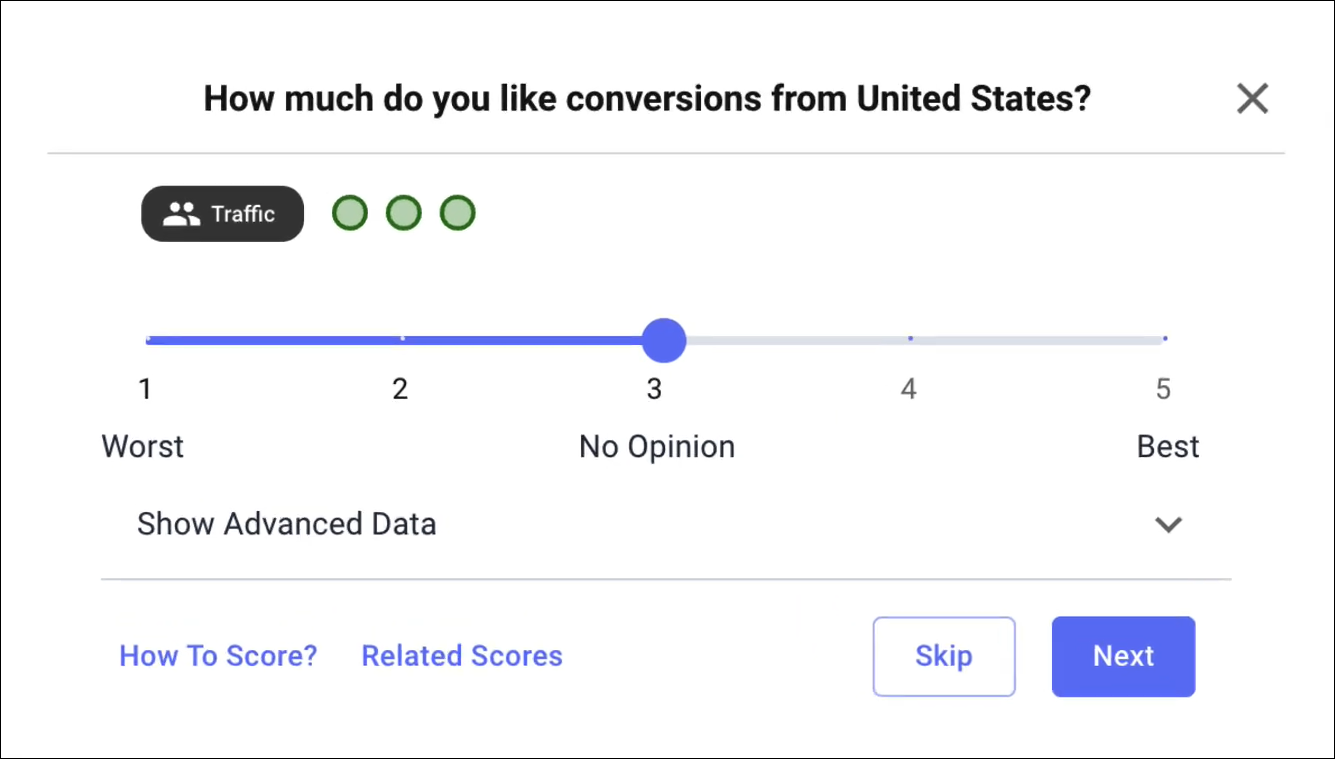
Based on the angles important to the business, give it a score between 1 and 5 with 5 being the highest and 1 being the lowest.
You can score segments from five categories in this tool: City, Region, Country, Device, and Audience.
Adjust conversion values using Optimize Value Rules
The Optimize Value Rules tool suggests conversion value rules based on your data inputs from the Segment Scorer. Conversion Value Rules let you better express the importance of your conversions as they relate to your business.
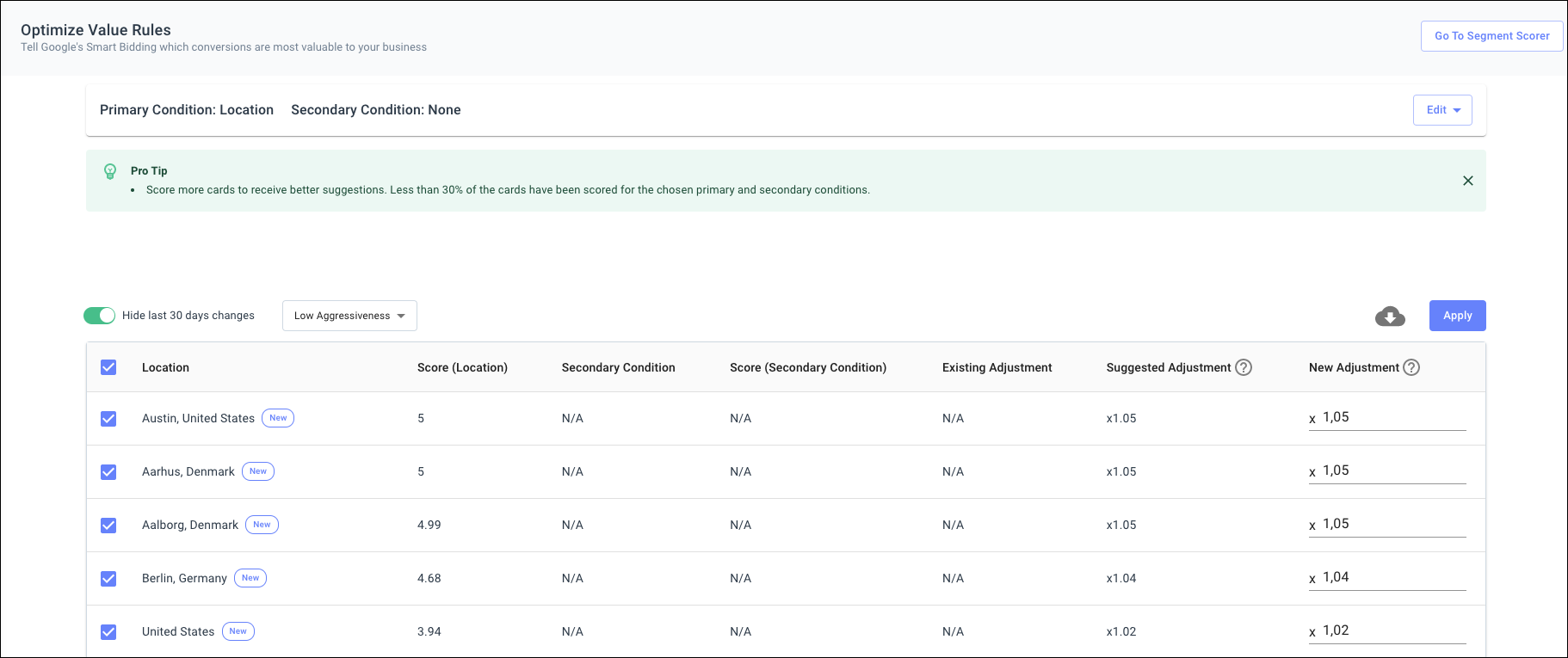
This tool bridges the gap between your business knowledge and Google’s ability to use that knowledge to get you the most profitable conversions.
The magnitude of a suggested adjustment depends on the scores for the primary and secondary segments. However, you can always change the adjustment for each entry by editing the fields in the ‘New Adjustment’ column.
Note: Before applying adjustments, read up on the common pitfalls of value-based bidding so you can better monitor performance.
Discover insights using Segment Explorer
The Segment Explorer lets you visualize your Google Analytics audiences’ performance by multiple dimensions in Optmyzr.
Many times in Google Analytics, it’s difficult to segment and visualize multiple audiences together. But with Segment Explorer, getting those insights becomes straightforward.
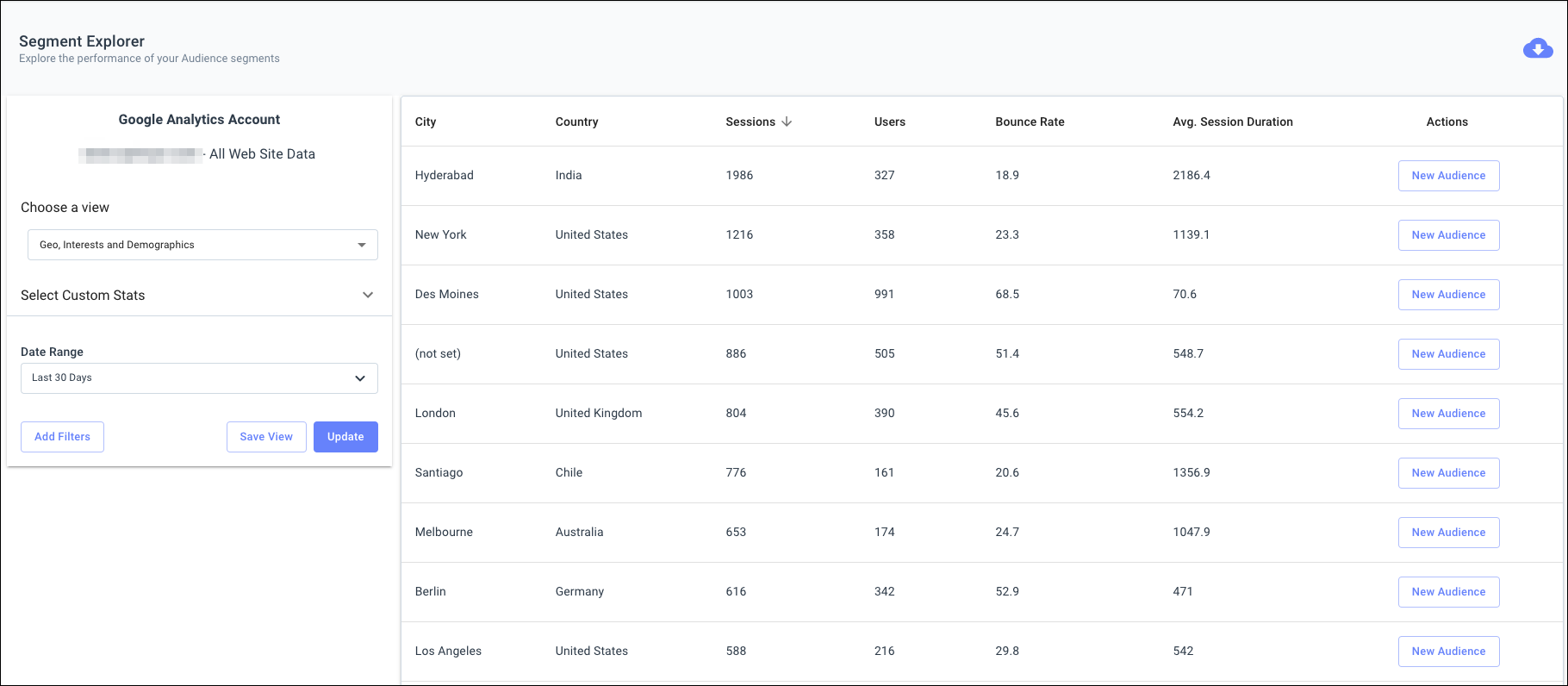
Check out the performance of multiple audiences in terms of behavior, geography, and demographics — all at once. This lets you create targeted audiences for your Google Ads campaigns, faster than you could do manually.
How conversion values can vary: use cases
Let’s look at how different industries might use these tools to optimize the ROI of their ad spend. Remember that after Google reports a conversion, its final value to a business varies based on several factors including location, ticket size, product type, and more.
Home Services
Example: Roofing
Google conversion event: Lead gen form completed
What can happen afterward:
- Roofing company contacts the lead to schedule a free estimate
- Estimator meets the prospect
- Prospect reviews the estimate
- Prospect becomes a paying customer
What can affect the final value:
- Some zip codes have bigger houses. Bigger houses mean bigger roofs. And bigger roofs mean higher average project values.
- There are different types of roofing materials that vary with geography and customer preferences. For instance, customers in warmer locations like Los Angeles may prefer solar roofing. Different materials have different margins, making a job more or less profitable than usual.
Education
Example: University
Google conversion event: Lead gen form completed
What can happen afterward:
- College contacts applicant to discuss the education program
- Applicant may apply for financial assistance
- Applicant is admitted and becomes a paying customer
What can affect the final value:
- Depending on the area of study the prospect indicates, it can be a longer or shorter program and have a different total cost.
- Applicant proximity to campus impacts the chance they attend virtual or in-person programs, which may have different associated costs like room and board.
- Preferred degree may make them more or less likely to get a high-paying job, thus influencing their ability to make charitable donations to the university after they graduate.
Ecommerce
Example: Cosmetics
Google conversion event: Purchase/checkout
What can happen afterward:
- Order is returned for a refund, either in part or in whole
- Customer buys additional products of equal or greater value
What can affect the final value:
- Someone who buys a big bottle of shampoo will be less likely to be a repeat customer in the short term than someone who buys a trial size of several shampoos.
- Some customers will return more of their purchases. For example, different demographics may correlate with higher impulse purchase behavior i.e. they buy several products but return most of them.
Using ROI optimization as a control tool for Performance Max
Among all of Google’s advertising products, Performance Max is the most comprehensive example of automation yet. It promises a new way to advertise across all of Google’s channels, which also means fully automated bidding and budget allocation.
This calls for a new approach to ROI optimization that’s less about pushing buttons or turning dials and more about feeding the right first-party data that’s not accessible to Google or your campaign.
If you’re an ecommerce clothing store, that data can be detailed stock information like availability per size or color, margin, sell-through rate, return rate, etc.
Feeding this data to Google along with Conversion Value Rules offers you better control over your Performance Max campaigns. A good strategy here would be running Maximize Conversion Value with tROAS.
Best practices for ROI optimization
We suggest the following best practices to produce optimal results when using a value-based bidding strategy.
- Score your segments based on their ultimate value to the business, not according to metrics or KPIs that Google can easily see.
- Check your campaign performance after four weeks of making adjustments. The Smart Bidding algorithms need some time to learn what the right traffic looks like to you.
- Re-score your segments in the Segment Scorer if there are changes in your business priorities (like a discontinued product), or when you have to optimize your campaign performance (a product that isn’t moving). We still recommend spacing adjustments four weeks apart.
- Be sure to set your bidding strategy to Maximize Conversion Value (with or without a target ROAS) so that Smart Bidding can take different conversion values into account.
Solutions to common concerns around ROI Optimization
Errors in reporting due to ‘Adjusted Conversion Value’
When you work with Value Rules, there will be differences between your original conversion values and adjusted conversion values. This leads to discrepancies in reporting.
To overcome that, we added ‘Unadjusted Conversion Value’ to the ‘KPIs’, ‘Summary’, ‘Top Campaigns’, and ‘Performance Comparison’ widgets in our single account report. When you’re reporting metrics to your clients, you can clearly communicate the actual conversion value and the adjustment made to it.
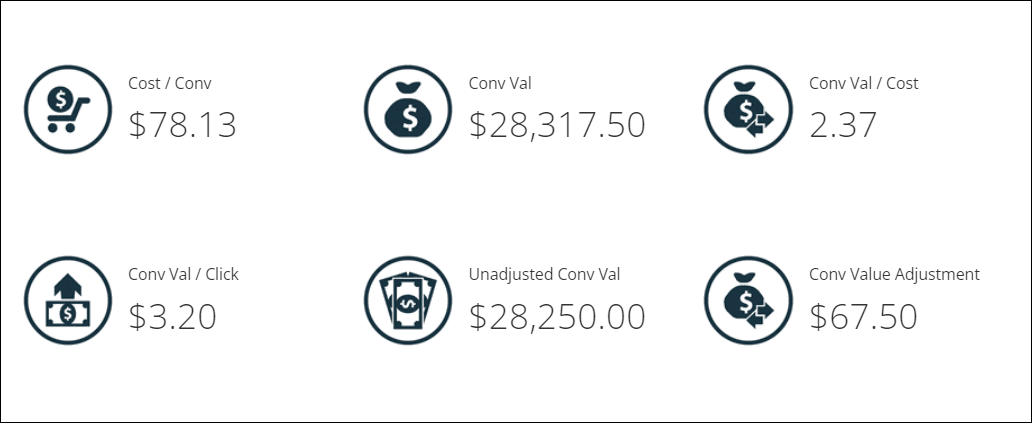
Knowledge gap between you and your client
We’ve heard from some customers — especially agencies — that it can be challenging to obtain scores for the Segment Scorer. To make that easier, we’ve created a template you can share with clients or stakeholders to fill out.
In the ‘Start Scoring Segments’ dropdown, select ‘Bulk Score Segments’. You can download the template, add the scores and then upload it back to the tool.
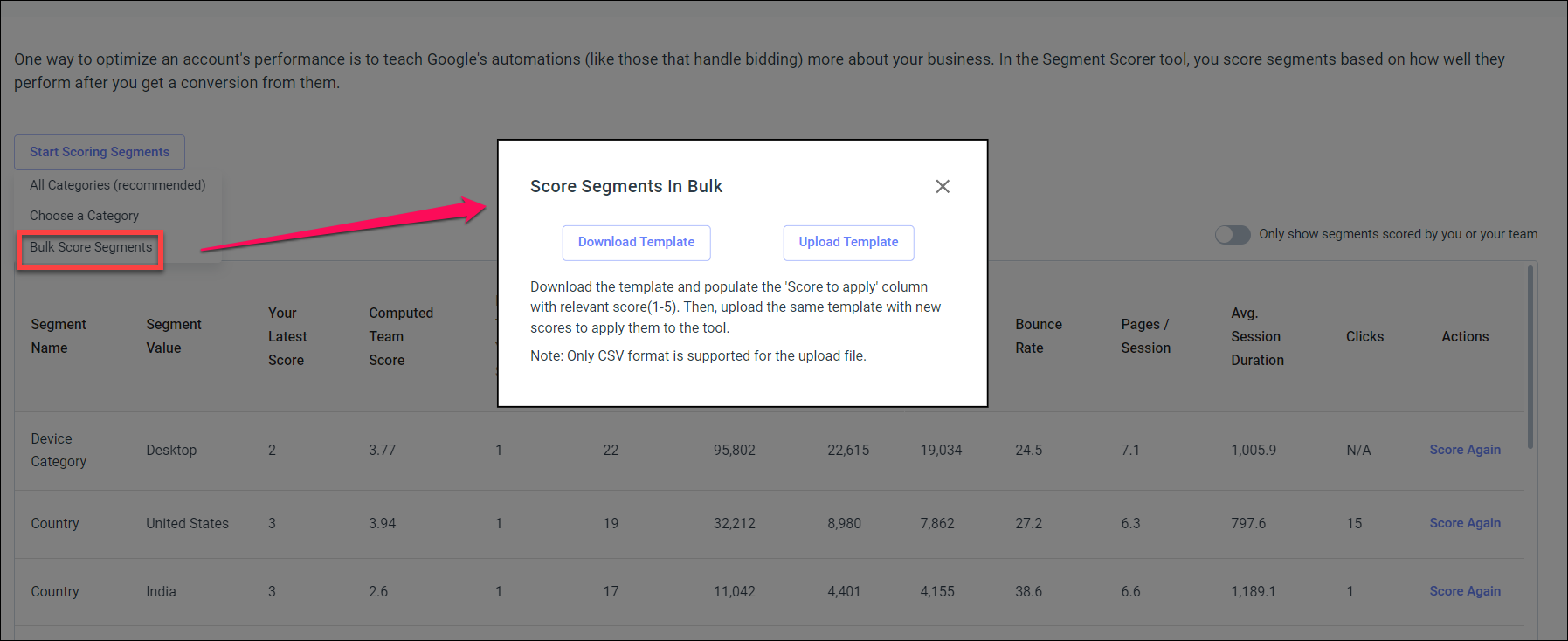
This template can serve you in two ways:
- You can score multiple segments at once without the need to score a large set of scoring cards one after another.
- You can share this template with your clients requesting them to score the segments based on their business goals. This bridges the knowledge gap between you and your client, ultimately bringing more accurate Value Rules suggestions for your Google Ads account while respecting a client’s need for privacy.
Data is your most valuable asset
ROI optimization is the next evolution of account optimization after a conversion-based strategy. But for any optimization to work, you must collect the right data to enable smarter decisions from ad platforms like Google.
Unique business data is your most powerful asset, and the optimization tools that we’ve built can help you make the best use of that data in a smooth process.
Why optimize for numbers when you can optimize for actual profitability?











